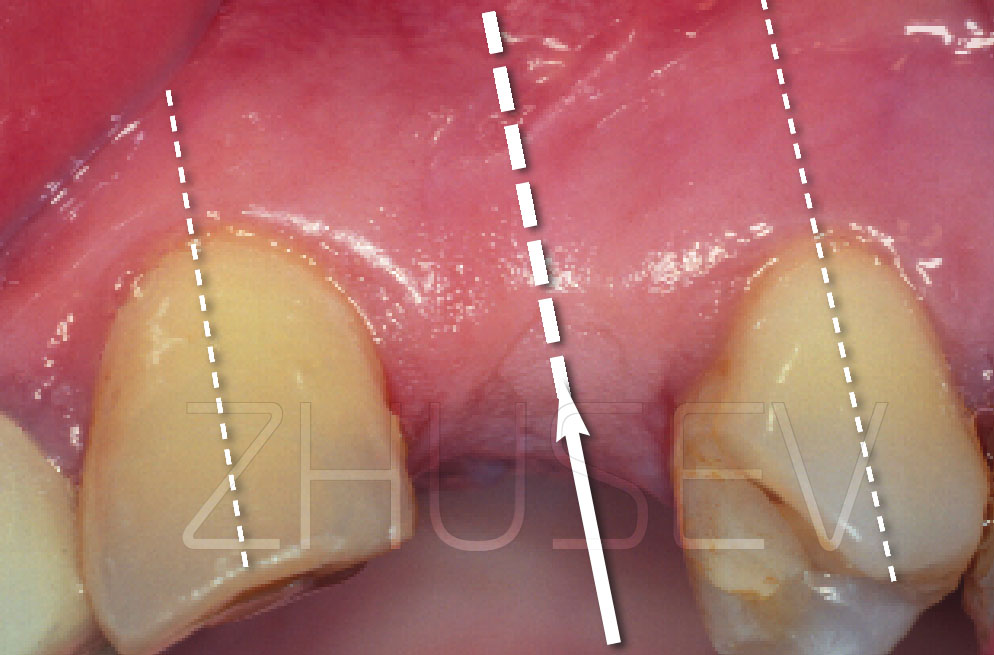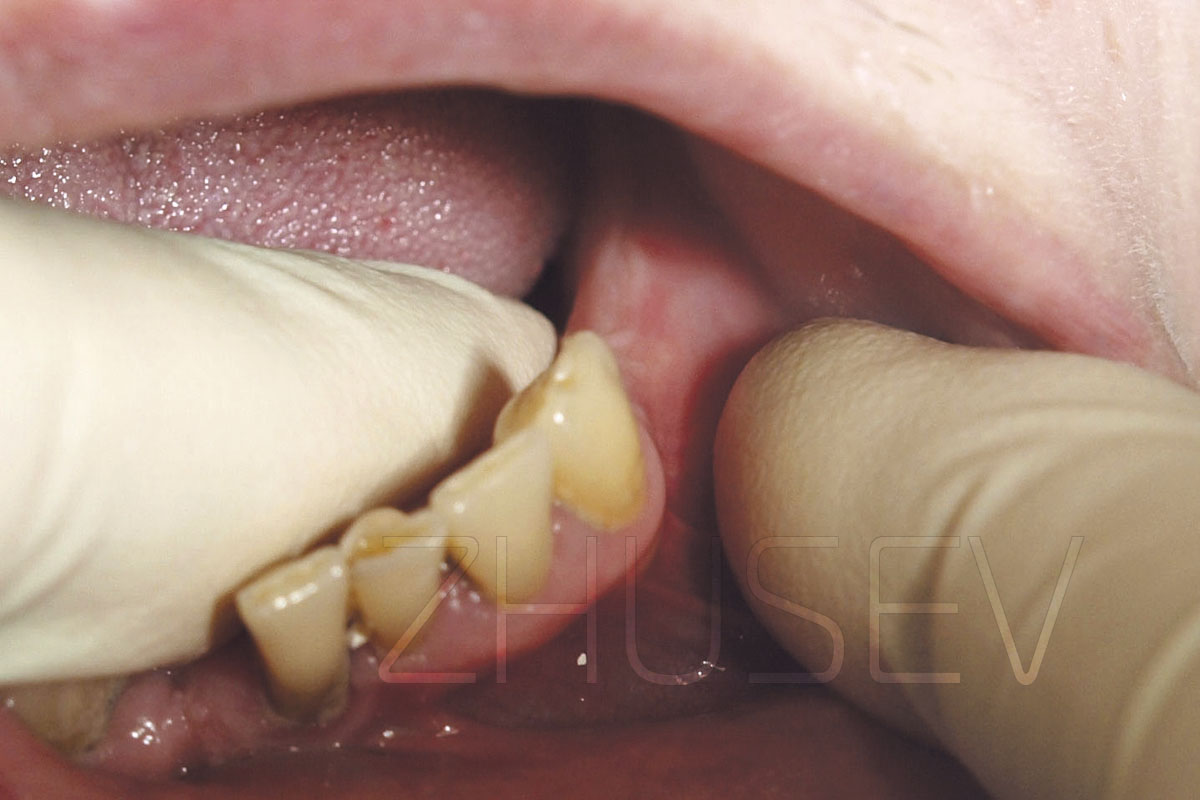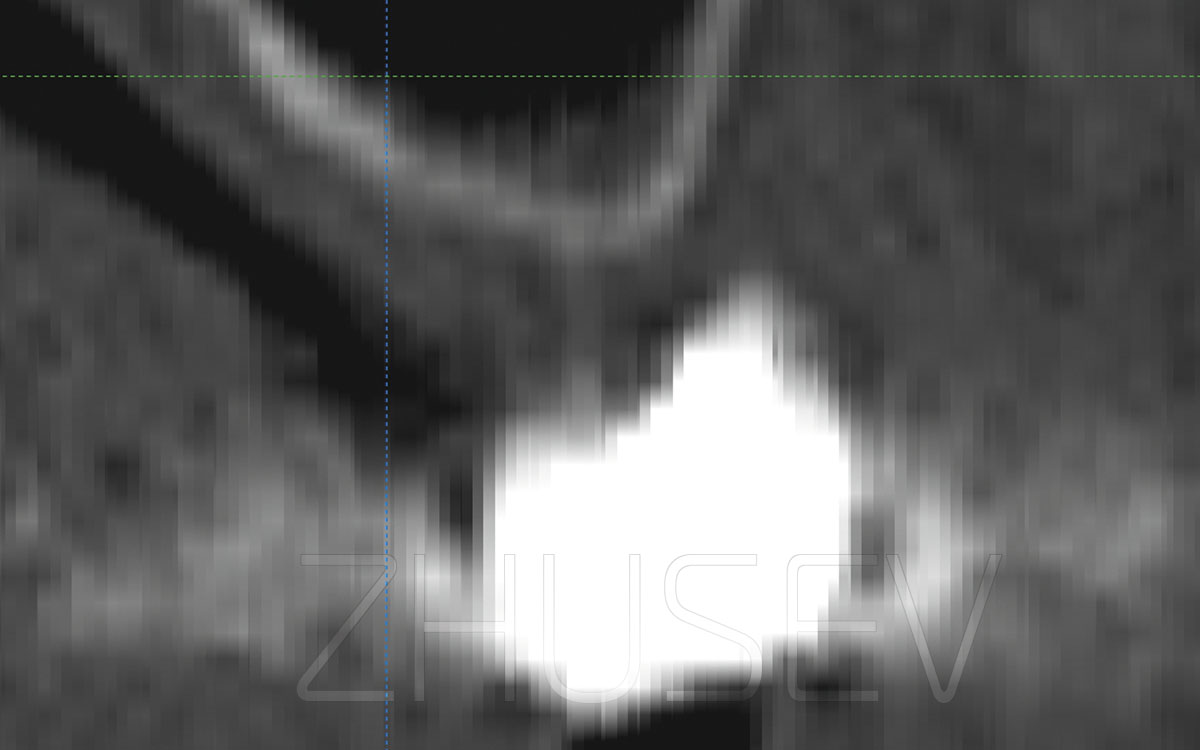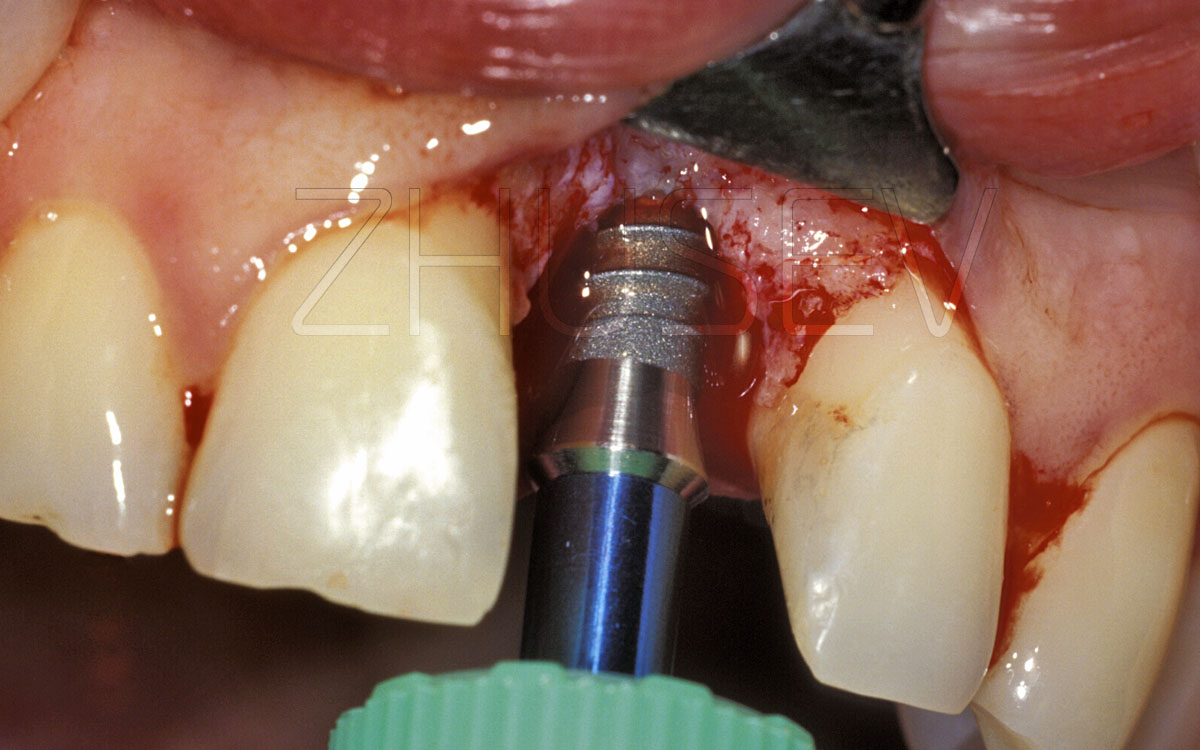Endosseous implants vary widely in shape and size, but can be tentatively subdivided into three major types:
1 Screw thread type implants, which are the most popular type of root implants nowadays 1.3.1
2 Solid body press-fit type implants, which were popular in Russia in the 1980s – 1990s. However, nowadays due to surgical procedure complexity, which requires manual dexterity, solid body press-fit type implants are seldom used 1.3.2
3 Cylindrical implants, which are rarely used nowadays due to a relatively low primary stability and chewing resistance.
Thus, the majority of implants used in clinical practice nowadays are screw thread type implants. Let us focus on them for a while.
The great variety of screw-type dental implants is accounted for a variety of screw thread types and forms. Primary implant stability is secured by threads.
Screw thread type implants are usually subdivided into:
1 Conic screw dental implants or trapezoidal threaded implants, which are often called root form implants.
2 Straight screw dental implants.
Root implants are also classified according to the way in which they are embedded into the bone:
It is time to introduce the concept of bone stress. To secure implant primary stability and to ensure a successful osseointegration, it is essential that an implant with larger diameter should be inserted in a relatively smaller bone hole, so that the implant fits the bone hole tightly.
The difference between implant and hole diameters is called bone stress. Bone stress varies depending on thread type, surgical procedure, bone composition, etc. Bone stress usually ranges between 0.3 – 0.6 mm 1.3-3.
Bone stress secures implant stability in the healing process and ensures osseointegration.
There is primary stability of an implant secured during operation and secondary stability of an implant resulting from osseointegration. It should be noted that secondary stability can equal or surpass primary stability (successful operation) or it can be lower (unwelcome results, implant disintegration may be required). Secondary stability depends on a variety of factors, the most important of which are surgical techniques and bone tissue engineering.
Screw threads 1.3-4A and bone stress secure primary stability that can ensure successful osseointegration of dental implants, while implant surface coating is largely responsible for the quality of osseointegration. Nowadays, every company manufacturing dental implants designs a unique implant surface coating 1.3-4B. However, the majority of implant surfaces are sandblasted, the major difference lying in the choice of the material used for sandblasting, parameters and further acid-etching 1.3-4C.
Numerous laboratory and clinical research has shown that successful osseointegration requires rough implant surfaces. The level of surface roughness (Ra) for dental implants should amount to 1.2 – 1.8 Ra. Higher or lower levels of surface roughness (Ra) produce a negative effect on osseointegration, hence chewing pressure eventually leads to breakage.









